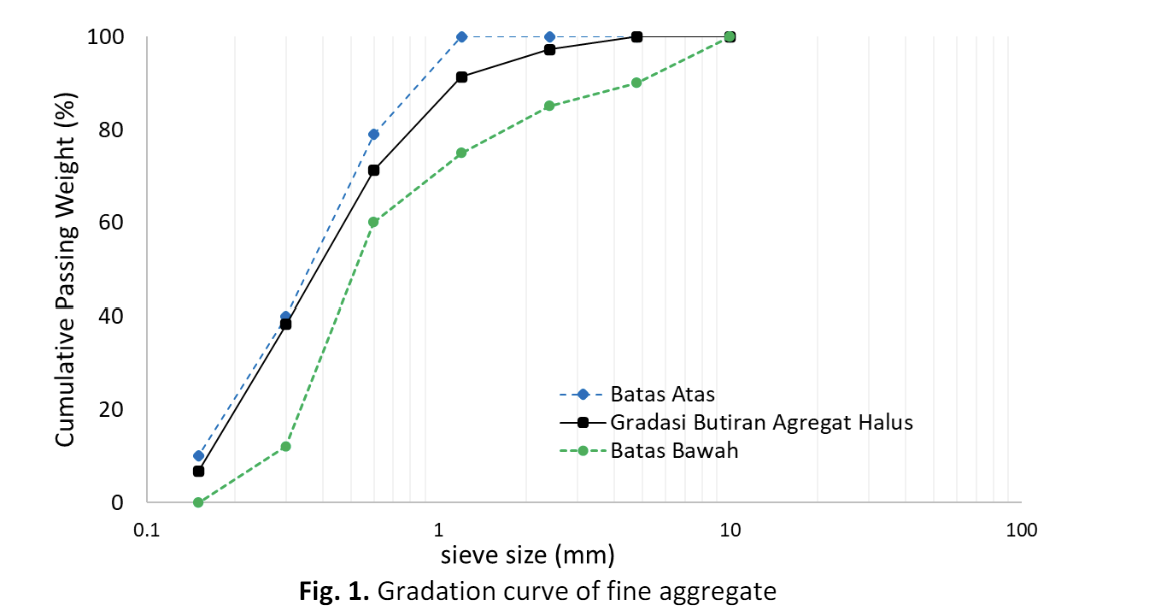Compressive Strength and Tensile Bond Strength of Rubber Tire Crumb Mortar Mixed with Fly Ash
DOI:
https://doi.org/10.37934/aram.116.1.5161Keywords:
Fly ash, rubber tire crumbs, compressive strength, tensile bond strengthAbstract
Currently, rubber tire crumbs have been utilized as an additive in the civil engineering field. The addition of rubber tire crumbs to the mortar can result in a decrease in the compressive strength of the mortar so its use is very limited due to its low compressive strength. One of the suggested applications is the use of RTC mortar as a mortar joint in masonry walls, but its effect on the bond strength of the mortar with the brick has not been studied. In the research, apart from the effect of compressive strength, the effect of using fly ash on the tensile bond strength between mortar and clay bricks was also observed. The tests were carried out in the laboratory following the ASTM C 109M-07 standards for compressive strength tests, and ASTM C 952-02 for tensile bond strength. The specimens were in the form of 50x50x50 mm3 cube-mortar and cross-bricks totalling 48 each. Besides that, the influence of the age of testing was also observed, namely at the age of 14, 28, and 56 days. The test results show that the addition of fly ash can increase the compressive strength of rubber tire mortar, but decrease the tensile bond strength between mortar and clay bricks.
Downloads



























